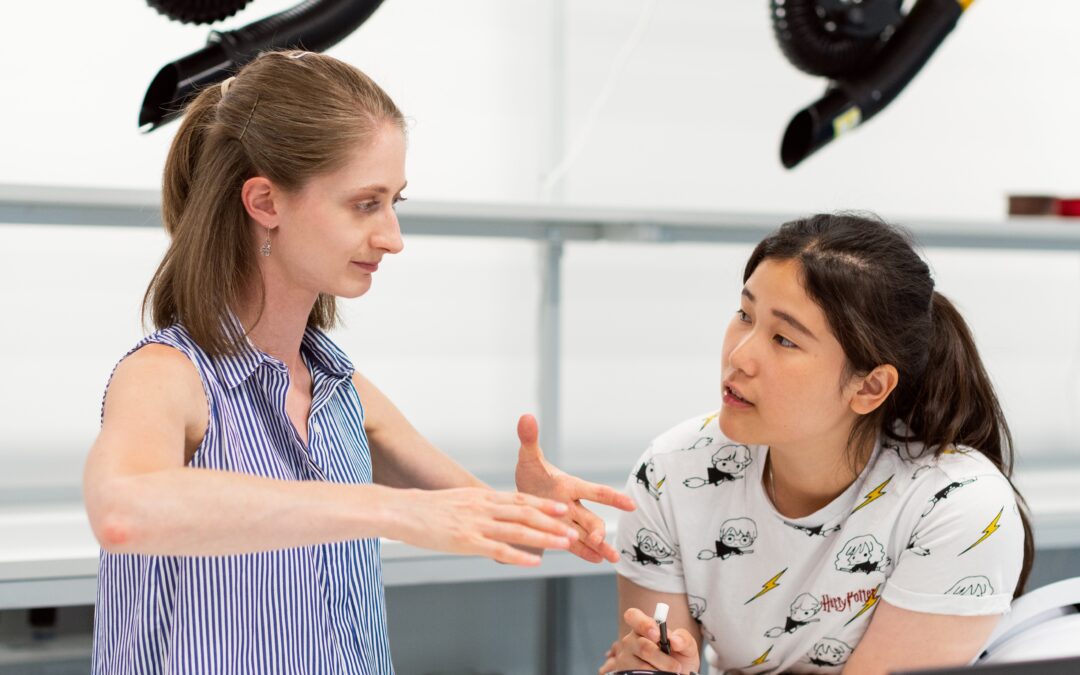While women are still vastly underrepresented in STEM fields across the globe, there have been incremental improvements over the last few decades. According to the United States Census Bureau, women comprised a mere 8% of STEM workers in 1970 to 27% in 2019. Meanwhile, men make up a whopping 73% of the STEM workforce.
So, as we forge ahead with the song of progress and determination in our hearts, let’s remember the women in STEM, both past and present, who smashed glass ceilings in this industry. Here are six women who broke boundaries in science, technology, engineering, and math.
Rebecca J. Cole
Dr. Rebecca J. Cole broke barriers when she finished medical school in 1867. She became the second Black female physician in the United States, and worked alongside Elizabeth Blackwell, the first woman to receive a medical degree in the US.
Cole was a staunch public health advocate, utilizing her impressive research skills to contest biased data that inner city families had a higher mortality rate from consumption due to lack of hygiene. Cole also opened the Women’s Directory Center with Charlotte Abbey, where she assisted destitute women with legal and medical services.
Adriana C. Ocampo Uria
Adriana C. Ocampo Uria is a Colombian planetary geologist and Science Program Manager for NASA. Dr. Ocampo worked on numerous NASA planetary science projects, including (but not limited to) the New Horizons mission to Pluto and the Juno mission to Jupiter.
In 2015, Dr. Ocampo became the lead program executive for the New Frontiers Program at the Jet Propulsion Laboratory. She contributed significantly to researching the Chicxulub crater, an impact crater buried beneath the Yucatán Peninsula in Mexico. Dr. Ocampo was the first to recognize via satellite imagery that a ring of sinkholes are the only surface impression of the crater.
Katharine Burr Blodgett
Katharine Burr Blodgett was a chemist and physicist holding the distinction of being the first woman to graduate with a Ph.D. in physics from the University of Cambridge in 1926. In addition, she was the first female scientist hired to work in General Electric’s research lab.
Blodgett specialized in surface chemistry, putting her expertise to good use with her invention of nonreflective glass at General Electric. In addition to her “invisible” glass invention, Blodgett contributed to wartime technology, improving the efficacy of smokescreens. But that’s not all – she also developed a device that measured humidity, leaving an indelible imprint on the meteorological sciences.
Irene Au
Irene Au is a human computer interaction designer, curating her own program of study around human-computer interaction. She created design teams for Google and Yahoo prior to joining American venture capital company Khosla Ventures, where she works today as an Operating Partner.
Au believes in constructing technology that solves real problems stemmed from people’s needs. She’s one of the first designers with experience in the consumer internet space. A “lifelong gadget girl and math geek,” Au built robots in college and harbors an extensive background in electrical and computer engineering.
Grace Hopper
Known as the “Queen of Code,” Grace Hopper became a STEM pioneer via her contributions to computer programming and mathematics. Additionally, Hopper was a Navy rear admiral, utilizing her programming skills during World War II. While in the Navy, Hopper assisted with building Mark I, one of the world’s earliest computers.
After the war, Hopper went onto Harvard to build Mark II and Mark III. She was the first to create a theory of machine-independent programming languages. That language she invented further developed into COBOL, an early high-level programming language we still use today.
Chien-Shiung Wu
If Grace Hopper is the Queen of Code, then Chien-Shiung Wu is the “First Lady of Physics.” After graduating from the National Central University of Nanking in 1936, Wu traveled to the US in pursuit of her graduate studies.
She would later join the Manhattan Project at Columbia University during World War II, the army’s secret project behind the atomic bomb. She contributed to developing the process that separated uranium into uranium-235 and uranium-238 isotopes via gaseous diffusion. Wu conducted the Wu experiment, proving that parity isn’t conserved. Unfortunately, her male colleagues received a Nobel Prize in 1957, while she went without recognition.


